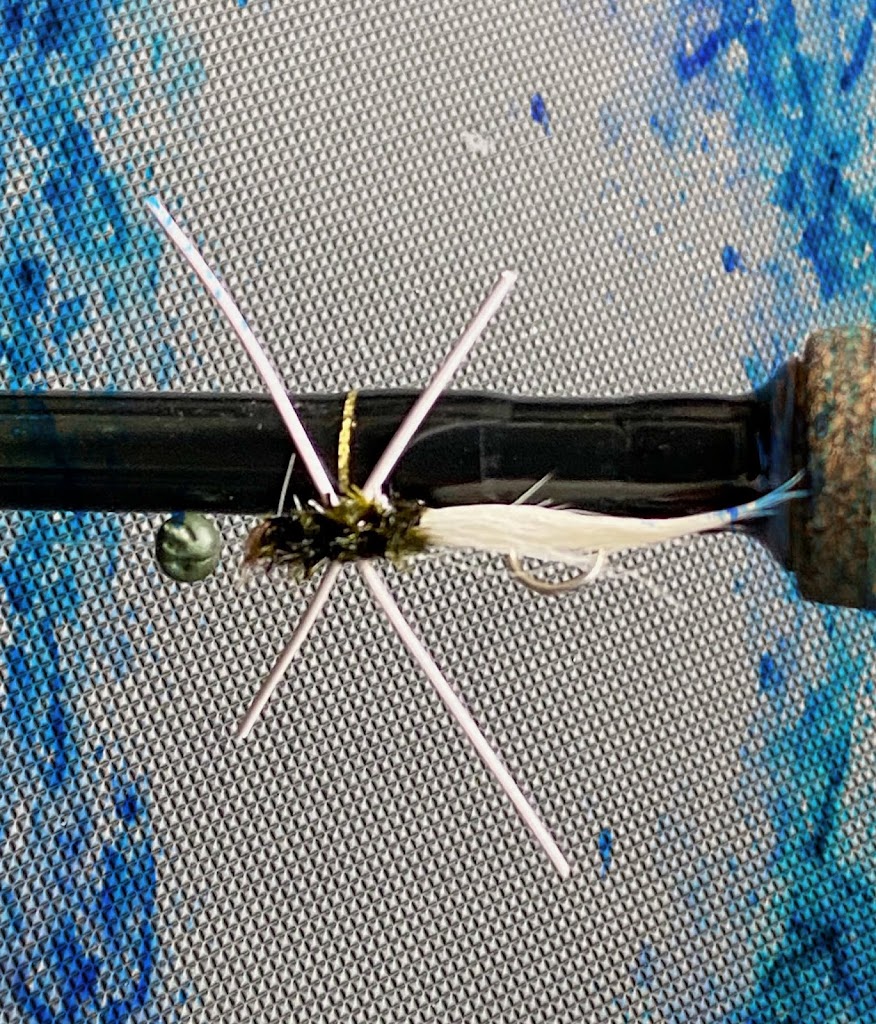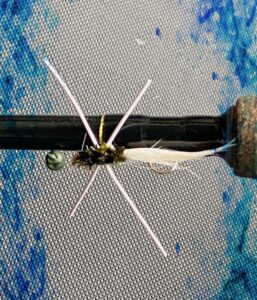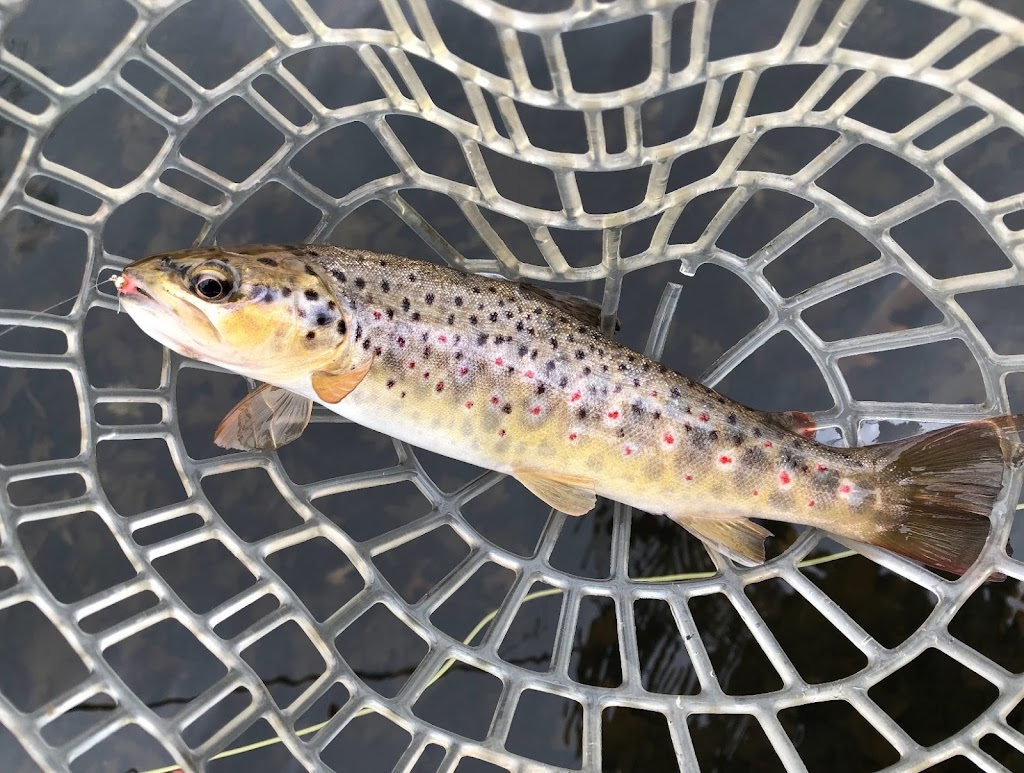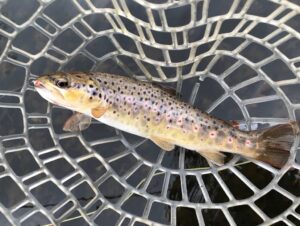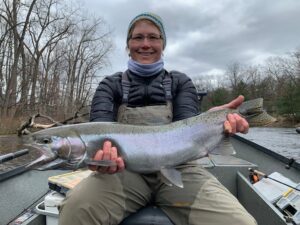Tying “Junk” Flies for High Water Conditions: Four Simple Nymph Patterns
Waist deep in water that was pulling and tiring my legs, I began to wonder if fishing today was a good idea. The water was high, and the bite was terrible as I changed my fly for the sixth time that day. Peering into my box, I thought what is radical in my box – in my mind; I figured this was my last shot for the day. After a minute, I pulled out a Wet Skunk, a fly designed by Earl Masen of Grayling, Michigan. I threw my line up toward a log allowing it to sink in the water. Bam – my first hit struck immediately. Within a short time, I had landed four trout – another successful day. This video shows you how to tie three flies – The squirmy Worm, An Egg Pattern, and The Mop Fly – all good Flies for higher water conditions and overcast days. I have also included instructions on the Wet Skunk, my personal favorite for these water conditions. So when the fish are not biting, water is high, and the day is overcast try one of these flies – you may find a successful day on the water.

